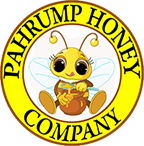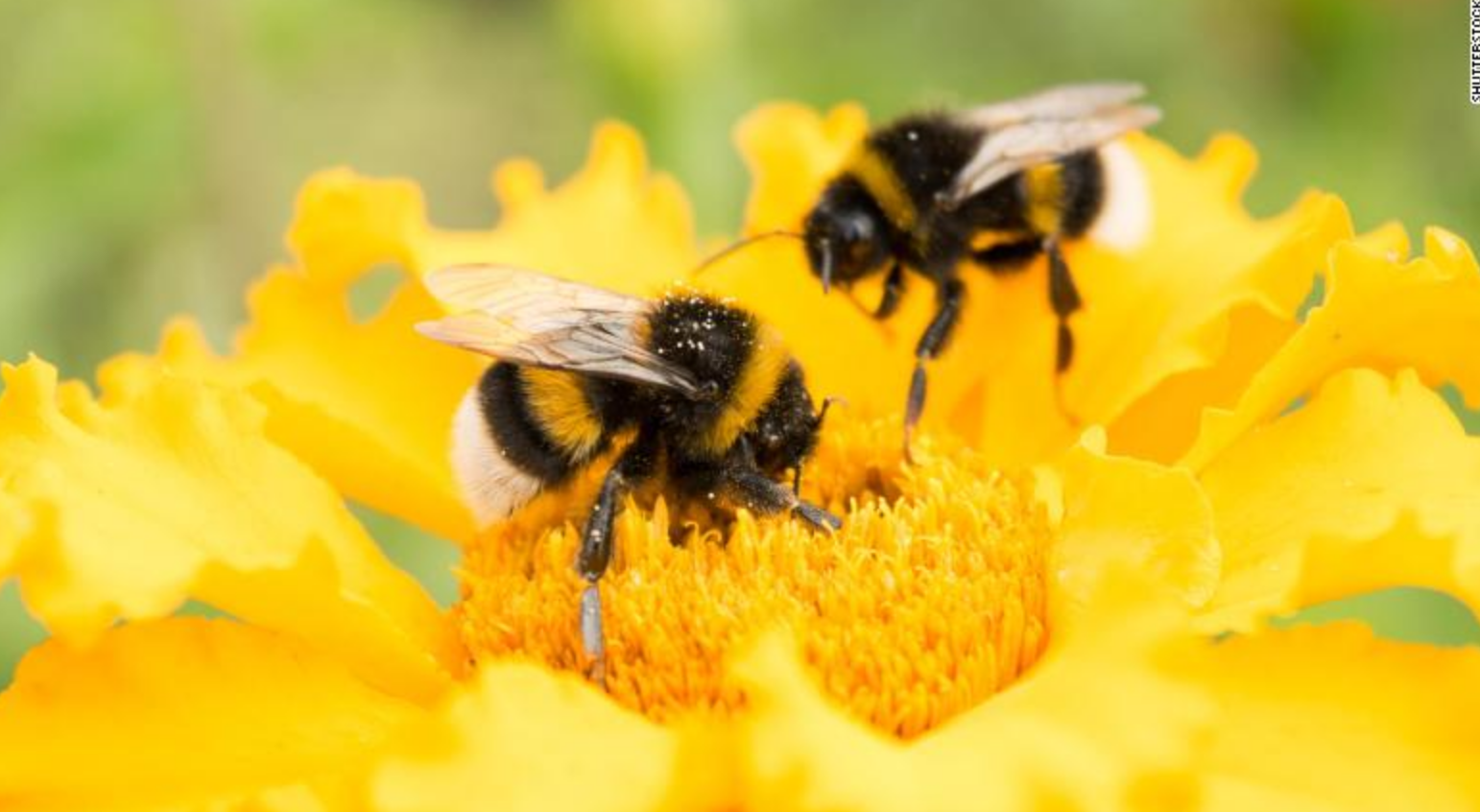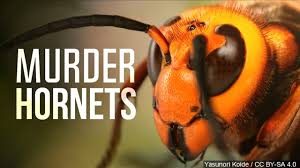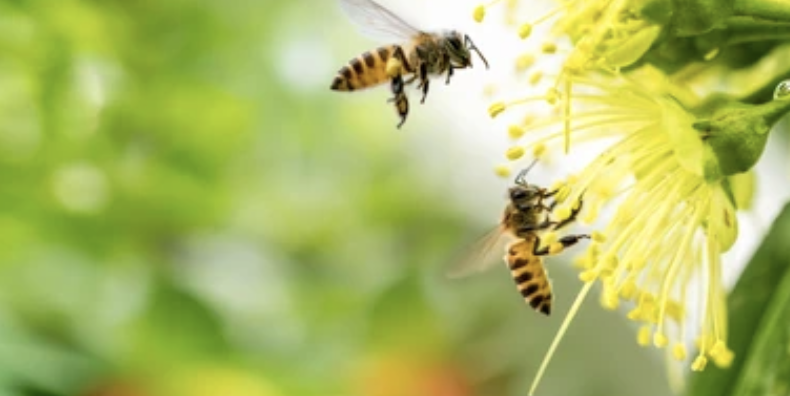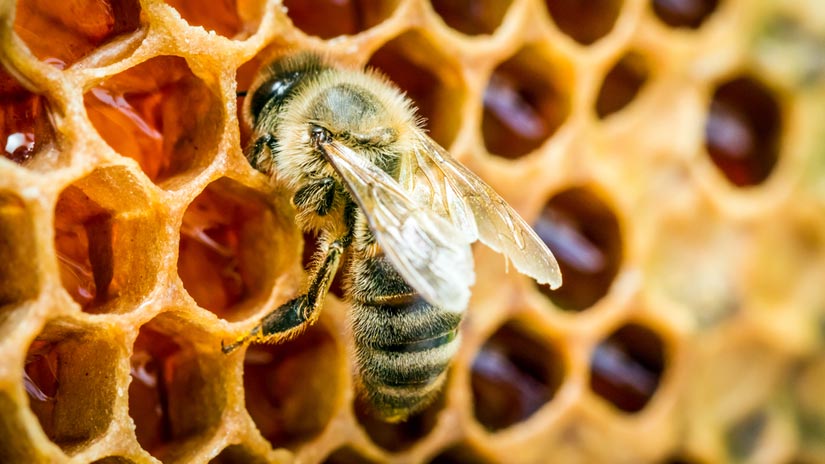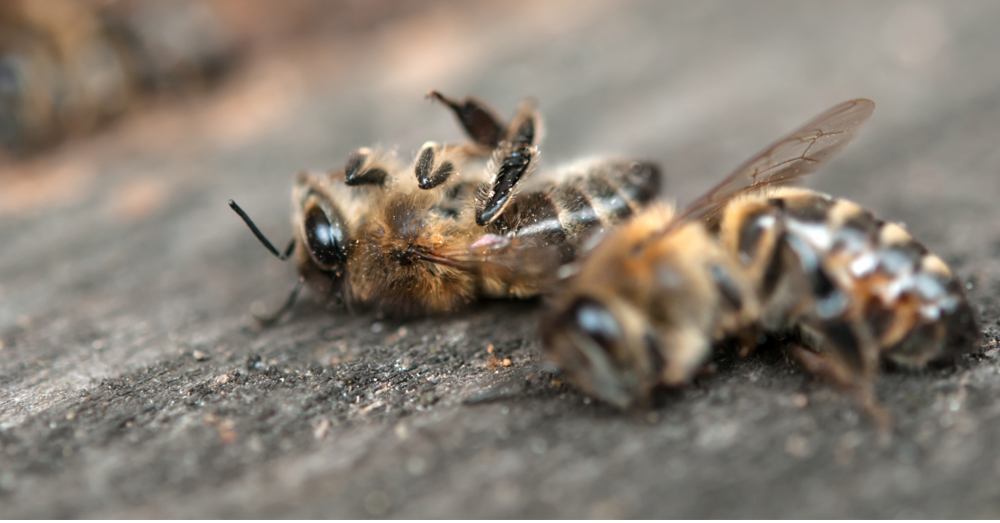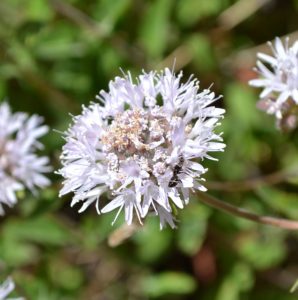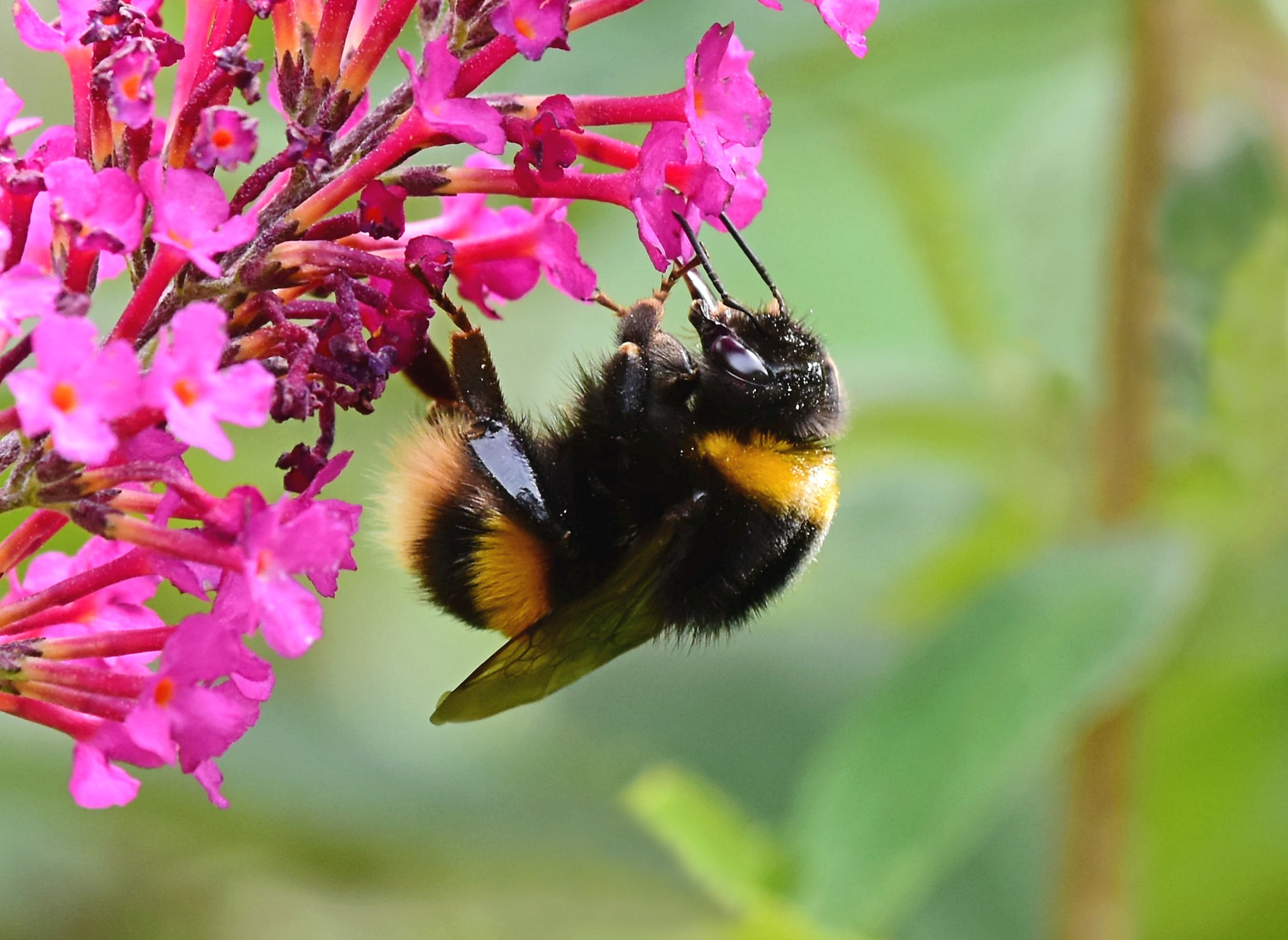
About Honey
Honey is a nutritious, healthy and natural food produced by the bees. Its benefits go beyond its use as a sweetener as it contains several minerals, enzymes, vitamins and proteins that confer unique nutritious and organoleptic properties. Honey can be monofloral if one specific plant nectar and pollen content prevails in pre-defined percentages or polyfloral if it contains an unspecified mix of different nectars and pollens. Due to environmental, geographical and climatic conditions honey may vary in pollen content and relative humidity. Honey is produced in all five continents and its consumption varies from country to country also due to cultural reasons and eating habits.
Beehive Products
Honey bees may provide livelihood or a source of income for many beekeepers all over the world. This could happen through the services provided by the bees (mainly pollination service, apitherapy and apitourism), or directly through the bee products. The last include: alive bees to guarantee always new queen bees or bee packs, honey, pollen, wax, propolis, royal jelly and venom. Bee products may be used as food for humans, feed for animals, cosmetics, medicines used in conventional medicine (mainly vaccination), or in apitherapy, or other like manifold products, carpentry, attractant, sweeteners, etc.
We all know the bee basics. They’re important pollinators. They make honey. They make buzz. They like to join you at picnics.
But did you know that they also provide us with medicines and even help keep our planet beautiful and healthy?
